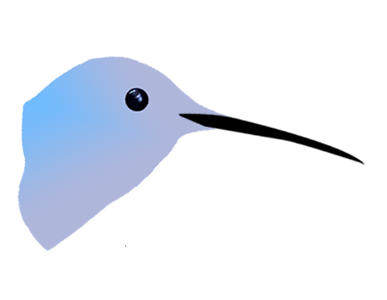About Focus Stacking
The pictures on this site were created with an extreme close-up photography technique called focus stacking. Focus stacking often involves shooting as many as 200-300 (or more) frames of the same subject with the camera, and then stitching all of those frames together into one image with specialized software. Where to take these multiple shots is partly set up in camera and partly chosen by the artist as the shoot progresses.
Woven into this process are decisions about how to frame the subject, how much magnification is desired, and how the mystery of the final image will be revealed in terms of angle, cropping, and overall composition. There is a great deal of trial and error involved in each step of the process, but if it were simple and easy, it would not be as exhilarating as it is when all the pieces fall together in just the right way. It is hard to describe the joy it brings when it all comes together.
There are 7 broad steps involved from inception to completion of an art card or print that I make with focus stacking:
1. Find the right flower
First I find a flower that has a view worth exploring closeup in a visually engaging way (frequent flower-finding missions). Let’s just say that the florists and nurseries in my neighborhood know me well!
2. Set it up in the studio
Then I bring it back to my studio, where the plant is arranged artfully with other foliage and where lights and angles and backgrounds are all organized in an appealing way.
3. Create the pictures
At this point experimentation begins, using the camera and various attachments to see how the flower subject can best “speak” to the viewer. As an artist, I engage in a visual dialogue with the flower, moving from one angle to another, getting closer or further away until I capture at least three or four different possibilities that might make a powerful final image.
Each one of these possibilities will be made up of multiple focus stacked images inside the camera where tiny shifts of focus are captured. The depth of field (that part of an image that is in sharp focus) on an extreme closeup is only a tiny sliver on a single shot. Therefore, the focal point on each of these multiple shots is shifted a minuscule amount so that a different part of the image is sharp on each one of them. All of these individual in-focus parts will be important in step 4.
4. Combine the images in focus stacking software
Next I process all of the multiple frames of each version of the flower subject in special focus stacking software. It lets you open up all of the related images into the system at one time and set the parameters for the in-focus parts to be “stitched together.” The software goes through its internal machinations and ultimately presents me with a combined final image.
On a rare occasion, this final image will look beautiful, but that seldom happens at this stage. There are parts of the image that don’t line up, or blurry parts that are unappealing, as well as a variety of other issues that need to be addressed. Fixing this involves perusing all of the multiple images and deciding which ones are causing problems, then removing them.
This is a multi pass scenario that continues until the result yields what I am looking for. I then quickly hit Save!
5. Adjust images from good to great
The second part of editing involves using Photoshop to adjust highlights and shadows, perform any needed color correction and other edits, then size the image for the card. Because extreme closeup photography can reveal tiny spots of dust or dirt on a flower, each one of these needs to be clicked on and digitally removed. I do this on a “cleanup” layer where I adjust all of these tiny spots to leave the image looking crisp and clean.
6. Create the prints
When the digital version is finished, I create a stunning exhibition quality archival giclee print on museum grade art paper with my in-house, professional inkjet printer.
7. Assemble the cards or frames
The final stage involves cropping the images and attaching them to cards or frames; ready to be shared with people who want to be reminded of the magic that is all around us.
